One thing that separates Hawaii from other tropical destinations, like French Polynesia, is the number of public beaches. It’s estimated that the state has 409 of them. All beaches in Hawaii are public except those on federal land, which includes military bases.
Landowners must allow and maintain public access. Access remains a balancing act between private land rights and public beach laws, an ongoing concern in areas where wealthy landowners hold significant property.
The Kauai County Council to preserve public access at Anini Beach.
A new resolution from the Council hopes to clarify boundaries and defend the public’s right to enjoy its treasured beaches against what is being called “illegal encroachments.”
By law, Hawaii’s beaches belong to everyone. Yet, —a wealthy Hawaii developer known for work with Four Seasons, Disney’s Aulani, Ko Olina Resort, and Princeville Resort—has allegedly restricted access to the beloved Anini Beach, sparking outrage among residents and visitors.
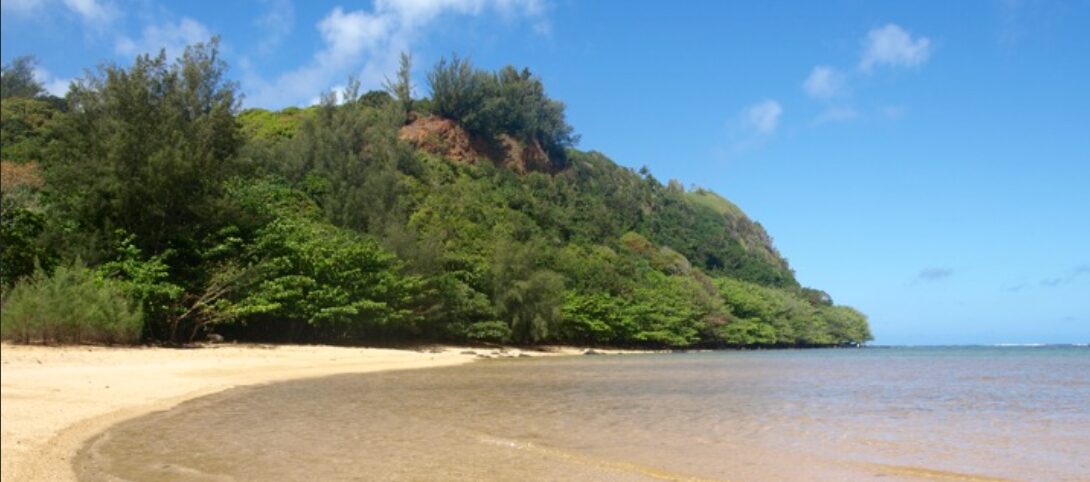

What happened at Anini Beach?
A property owner has been alleged to have created an impression of private beach ownership by installing security guards, outdoor furniture, and obstructive closure signs on his property fronting Anini Beach. We understand that the property is located near the end of Anini Road beyond the beach park.
Kauai Council Chair Mel Rapozo has repeatedly stated that private beachfront property owners can never block people’s right to the shore, emphasizing that Kauai’s beaches are meant to remain open to everyone, regardless of wealthy land ownership.
Mel Rapozo told the county council he removed the closure sign put up by the landowner. He said all barriers have been removed, but Rapozo doesn’t feel the owner won’t try doing this again.
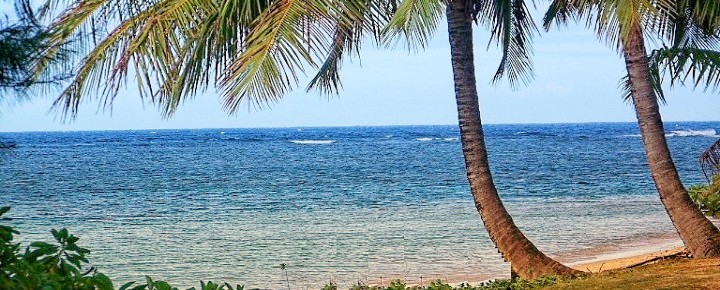

Anini Beach has Hawaii’s largest coral reef.
It is celebrated for its calm, shallow waters sheltered by Hawaii’s largest coral reef, making it ideal for family outings, snorkeling, and kiteboarding. This protected shoreline offers some of the island’s best snorkeling due to the reef’s natural barrier against large waves.
Anini is popular among locals and visitors due to its scenic beauty, public picnic spots, and camping areas.
One Beat of Hawaii commenter noted, “I grew up here, fishing these waters. Now we have gates and ‘private property’ signs where we used to go freely. It’s not right.”
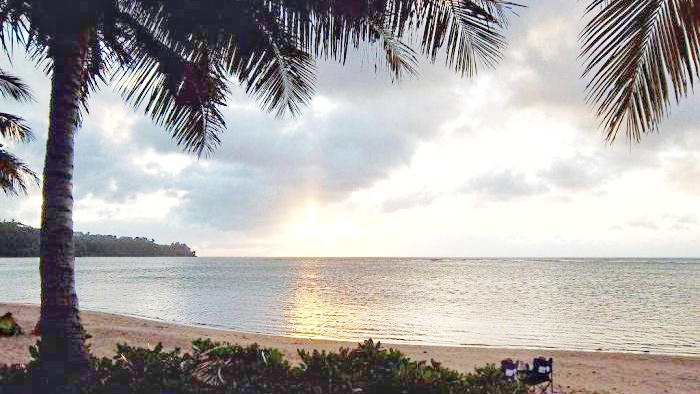

Two resolutions passed for public beach access.
Resolution 2024-26, passed on October 23, 2024, requests a state-conducted shoreline survey to clarify public and private boundaries at Anini Beach Kauai.
A second resolution urges Kauai’s Planning Department to reclaim public access points, responding to growing complaints across the island.
Kauai Councilmember Billy DeCosta, who co-sponsored these resolutions, emphasized that protecting beach access is a stand for everyone who has felt excluded from spaces that belong to the community, underscoring the importance of preserving these areas for all, not just a privileged few.
Comparing Hawaii and Tahiti: Public access and private interests.
Hawaii’s struggle with private landowners encroaching on public beach access mirrors similar conflicts across the Pacific. In a recent Beat of Hawaii article on Tahiti vs. Hawaii, we explored Tahiti’s approach to shoreline access. While Tahiti generally maintains far more restrictive public access to beaches than Hawaii, the island faces its challenges with increasing push-back against private ownership. Like Hawaii, Tahiti residents are frustrated by the commercialization of their public, natural spaces.
Read: Tahiti vs. Hawaii Vacation: Big Differences Make Choosing Easy.
Tahiti enthusiast Manu shared with us: “In Tahiti, you feel like the beaches are nearly all private. Hawaii is becoming different now—too many gates, too many ‘private’ signs, too little beach access.”
Legal pathways and potential solutions at Anini Beach.
Resolution 2024-26 calls for a shoreline survey, an essential legal step to distinguish public from private property and reinforce public rights at Anini Beach.
This move aligns with Hawaii’s Supreme Court rulings, which have historically favored expansive public access. Councilman Ross Kagawa, however, raised concerns that reclaiming public access could invite issues such as homelessness in these areas, drawing on past experiences on Kauai.
Council Chairman Rapozo firmly believes that purchasing beachfront property carries an expectation of public access, noting that Hawaii’s shorelines are meant for everyone. He suggested that the county consider using eminent domain—a costly and time-intensive measure that would be a last resort.
A larger trend: the privatization of Hawaii’s coastlines.
Jeffrey Stone’s actions at Anini Beach reflect a broader trend in Hawaii: the rise of powerful landowners with deep pockets reshaping public spaces into private enclaves.
According to Forbes, Hawaii’s private lands are increasingly owned by ultra-wealthy individuals, including high-profile figures like Oprah Winfrey and Mark Zuckerberg. Together, these 37 billionaires own an estimated 11% of the state’s private land, often in prime coastal locations. Read 37 Rich And Famous Who Call Hawaii Home.
While many claim to preserve and conserve the land, community members feel that public access is quietly eroding.
Longtime reader and commenter Kai O. observed, “It feels like we’re becoming strangers in our own land. These beaches are part of the culture of Hawaii, a way of life.”
As Kauai’s council takes a stand, the question remains: Can local leaders effectively resist these powerful interests to safeguard Hawaii’s cherished shores for future generations?
The fight for Anini Beach marks a critical juncture for Hawaii.
This is more than just one beach or developer—it’s a defining moment for public access to Hawaii’s most treasured natural spaces. The proactive resolutions by the Kauai County Council send a clear message that public access is non-negotiable, even when powerful developers are involved.
In Hawaii, where beaches are integral to community life, preserving these public rights is legal and honors a deep cultural legacy.
Hawaii’s beach access issues extend beyond Kauai. Coastal development is increasingly impacting public shorelines across the islands, where private landowners often use seawalls, fencing, and vegetation to secure properties. These measures frequently lead to beach erosion and challenge public access, creating friction between landowners and local communities that value these areas for cultural and recreational use.
Despite Hawaii Supreme Court rulings that protect public access up to the highest wash of the waves, enforcing this remains difficult, with locals frequently reporting barriers to shorelines. Advocacy groups like Earthjustice and the Surfrider Foundation work alongside residents to preserve access rights, aiming to keep Hawaii’s coastlines open to all.
Please share your thoughts!
Get Breaking Hawaii Travel News
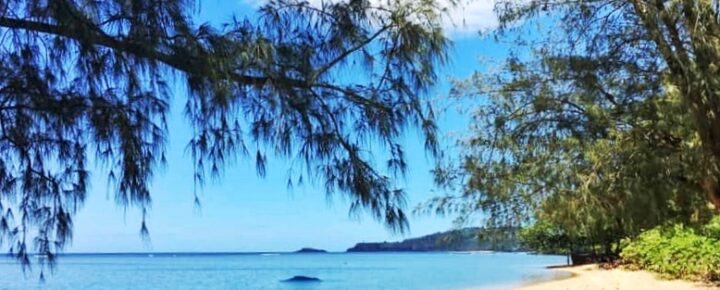

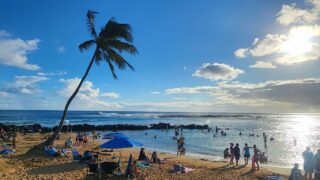
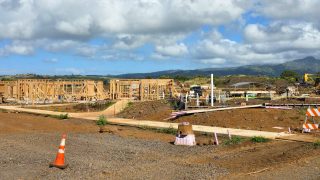

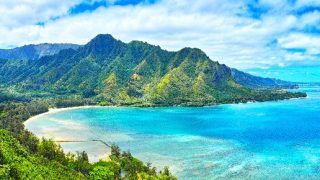

What about Kipu Kai? It’s one of the most beautiful beaches in all of Hawaii and it’s currently private. If you kayak there you will be harassed and kicked out!
Regarding the migratory whales and controlling whale watching, at home on Vancouver, British Columbia, our rules are boats no closer than 800 metres or 2400 feet. We have grey, humpback, minke and resident and transient orca. The humpback and grey migrate are migrating to Alaska. We don’t have to deal with viewing by air yet.
As to public beach access, beaches are public land with access guaranteed.